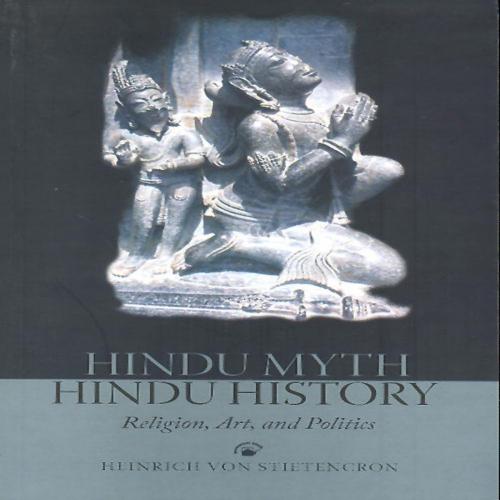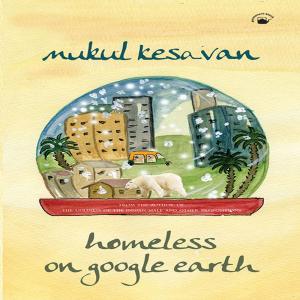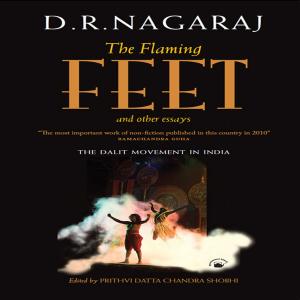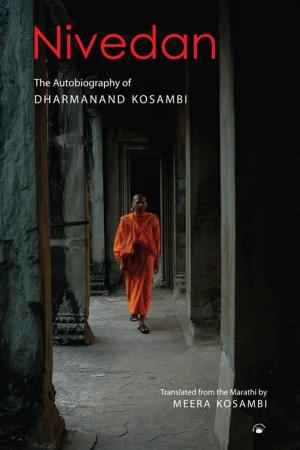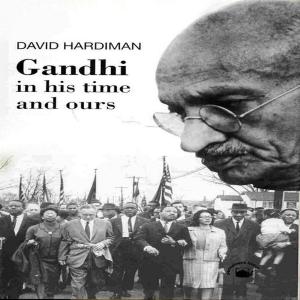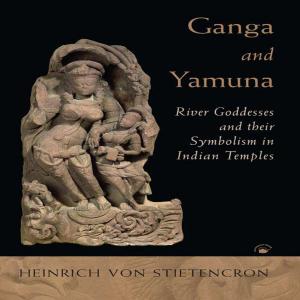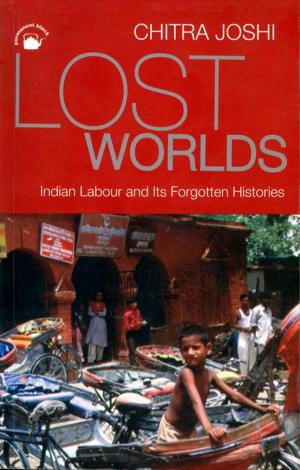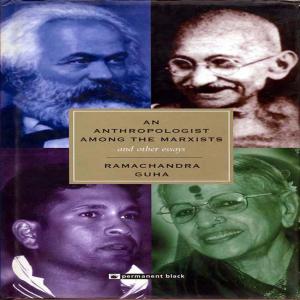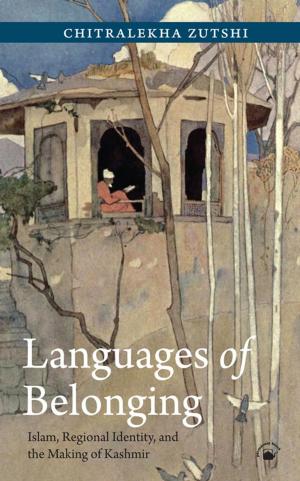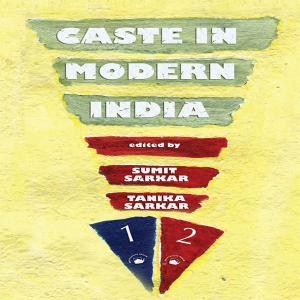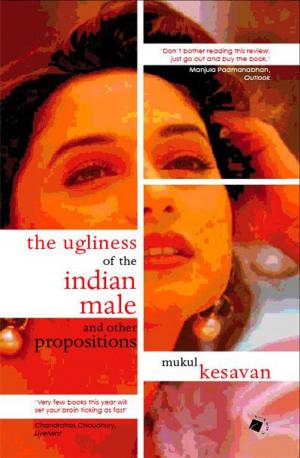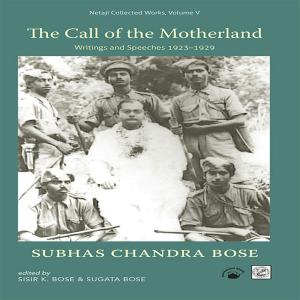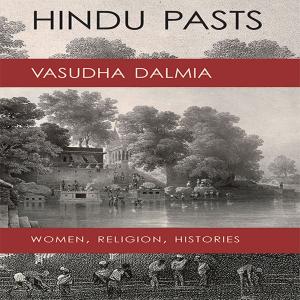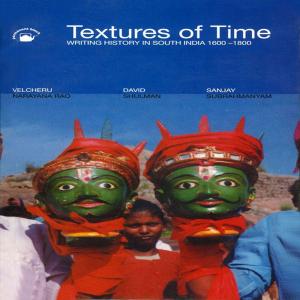Hindu Myth, Hindu History
Religion, Art, and Politics
Nonfiction, Religion & Spirituality, Eastern Religions, Hinduism| Author: | Heinrich von Stietencron | ISBN: | 9788178244464 |
| Publisher: | Permanent Black | Publication: | December 15, 2009 |
| Imprint: | Language: | English |
| Author: | Heinrich von Stietencron |
| ISBN: | 9788178244464 |
| Publisher: | Permanent Black |
| Publication: | December 15, 2009 |
| Imprint: | |
| Language: | English |
Translated from the German, this is a major work of classical Indological scholarship. Drawing upon various sources and currents—folk, tribal, and the multilayered Sanskritic tradition—it offers major insights into the complex cultural history of Hindu religious traditions. Starting from the centuries preceding the Common Era and continuing through the Gupta period up to the eleventh century, it traces continuity and change in religion and art within the formative period of what we know today as Hinduism. The terrain it covers ranges from the grammatical treatises of Panini and Patanjali, to the Dharma Shastras as well as the epics and Puranas, to inscriptions and temple iconography. Deploying these many perspectives, it looks also at Akbar’s religious reforms, which gain yet other dimensions via such scrutiny.
Translated from the German, this is a major work of classical Indological scholarship. Drawing upon various sources and currents—folk, tribal, and the multilayered Sanskritic tradition—it offers major insights into the complex cultural history of Hindu religious traditions. Starting from the centuries preceding the Common Era and continuing through the Gupta period up to the eleventh century, it traces continuity and change in religion and art within the formative period of what we know today as Hinduism. The terrain it covers ranges from the grammatical treatises of Panini and Patanjali, to the Dharma Shastras as well as the epics and Puranas, to inscriptions and temple iconography. Deploying these many perspectives, it looks also at Akbar’s religious reforms, which gain yet other dimensions via such scrutiny.
